Between 1967-9,
I had studied the Ainu of Japan as part of my Social Anthropology Tripos at
Cambridge – as the Todas are to India, the Ainu are to Japan – the oldest
civilization in the country. They have a long illustrious history (despite
being categorized as a “primitive” peoples ) – as you will read below. Shunned
/ ignored for many years by the Japanese Govt., they are now coming into their
own.
I was in Japan
and having a few days spare, decided that I would visit the Ainu and rekindle
my knowledge about them. 50 years is a long time and I had forgotten most of
what I knew. The Ainu are in the far north in Hokkaido and stay in many
settlements – the main ones being near Kushiro and Shiraoi. Due to
circumstances, I cancelled Kushiro having learnt that Shiraoi has the main
settlement and the incredible Ainu museum.
I would have
loved to take the Green car seat in the Shinkansen train to Sapporo but those cost nearly 4 times the
cost of a plane ticket and take 8 hours vs an hour by plane. So it was a no
brainer.
The train takes
around one hour. They say the museum is a 10 minute walk but I decided to take
a cab as I wanted to save time. Actually it’s a good 25-30 min walk as I found
on my way back to the station.
The park is a huge area. Detailed layouts of all the facilities are at various locations. There is a bus you can take to see the main places – Cultural hall, Museum centre, Crafts studios and the Kotan (village). Lots to see, lots to walk around and appreciate.
I have taken
detailed photos of the whole site so you, the reader, can appreciate the full
beauty of the Upopoy National Ainu Museum. Please read the explanatory texts
which are from the Museum site. It is better to be accurate with facts than give my own synopsis, hence this is a rather detailed travelogue. My sincere thanks to the Ainu for allowing visitors to take photos so that we in turn can promote their culture.

The Museum hall
is huge. There is no shortage of space anywhere. It is extremely well planned –
every single element of Ainu culture and history is detailed carefully. Where
required, they have interactive modules
which you use and its fascinating to learn multiple facets of their life.
Walking towards the Crafts area, I heard music and saw a stage with a few performers doing a dance. Beautiful costumes. Afterwards there was a photo op with the group and I told the group of my Ainu studies 50 years ago. They were really surprised!
My first stop
was at the Cultural Hall as the performance was about to begin. I was issued a
ticket with seat number. The hall has around 300 seats and was packed mostly
with school kids. All orderly and very well behaved. No photography was permitted
which is sad as one cannot take back any real time memories of the Ainu. For 15
minutes, we saw five skits – harvest dance, a Jews harp being played, a sword
dance, an Ainu song and one more item. Excellent lighting effects. It was brief
but very interesting to see facets of Ainu life.

By the kotan or
Village, there are a few huts. A different activity takes place in each hut. A
language class, a weaving class, some folks were doing embroidery and others
knitting. In one we saw a guy working in wood and a lady sewing beautiful
cloaks. The photos show you the different techniques used by the Ainu in
weaving and other hobbies. There is a shop selling locally made artefacts and
gifts in the premises – beautiful stuff but exorbitant prices. I bought a small
sake cup with a super design but could not afford to buy the larger items. I wonder
if they have good sales amongst the foreign tourists. There is another shop
outside the ticket counter by the main entrance which has many more items
selling at a lower price range and popular amongst school children and
middle income tourists.
Between the
kotan and the exhibition hall, I came across a statue honouring a Polish exile.
It was wonderful that in the far north of Japan, in a world away from “civilization”, there was this reminder and appreciation of a
foreign ethnograoher who had studied the Ainu.
It had been a long
day and I decided to walk back to the station. No taxis were at the Site, so
walk it was. Got onto a wrong lane at a turning and was redirected to the
station. There was much needed rest and the train journey back was time to
reflect on a beautiful trip which had taken 50 years to fructify, and that too,
totally unplanned !!
The Ainu
have done a wonderful job of enriching and bringing alive a culture which was
in danger of being forgotten. The Government too is encouraging its younger
generations to learn of their ancient culture.
the official website
National Ainu Museum and Park ”UPOPOY” https://uu-nippon.com/hokkaido/upopoy/index.shtml is worth seeing.
Text and photographs copyright of the author. No part of this article or photographs maybe transmitted or reproduced by any means, electronic, mechanical, photocopying or otherwise, without written permission. Do contact the author on email -- helpthesun@gmail.com
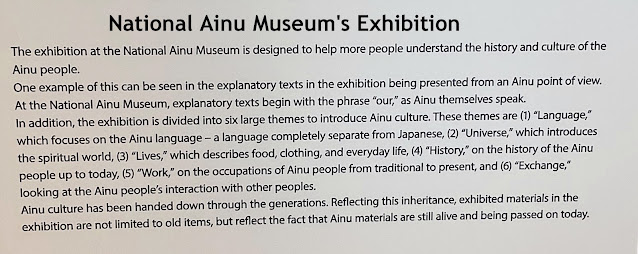















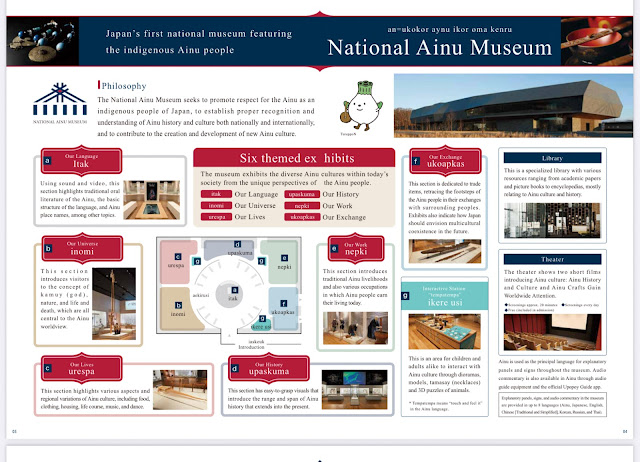













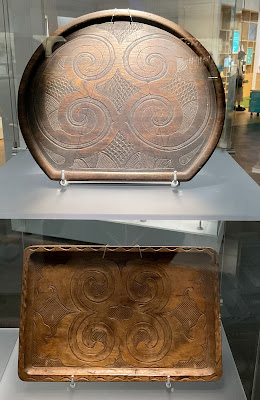



















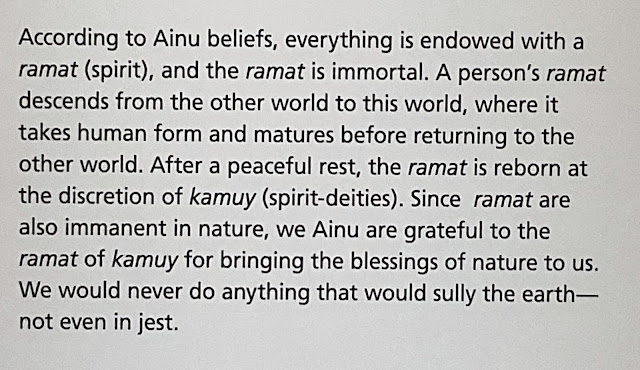















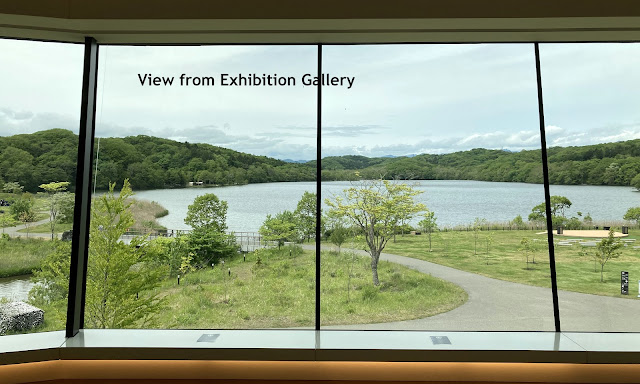




No comments:
Post a Comment
Text and photographs are copyright of the author. No part of any article or photographs maybe transmitted or reproduced by any means, electronic, mechanical, photocopying or otherwise, without written permission. Do contact the author on email -- helpthesun@gmail.com